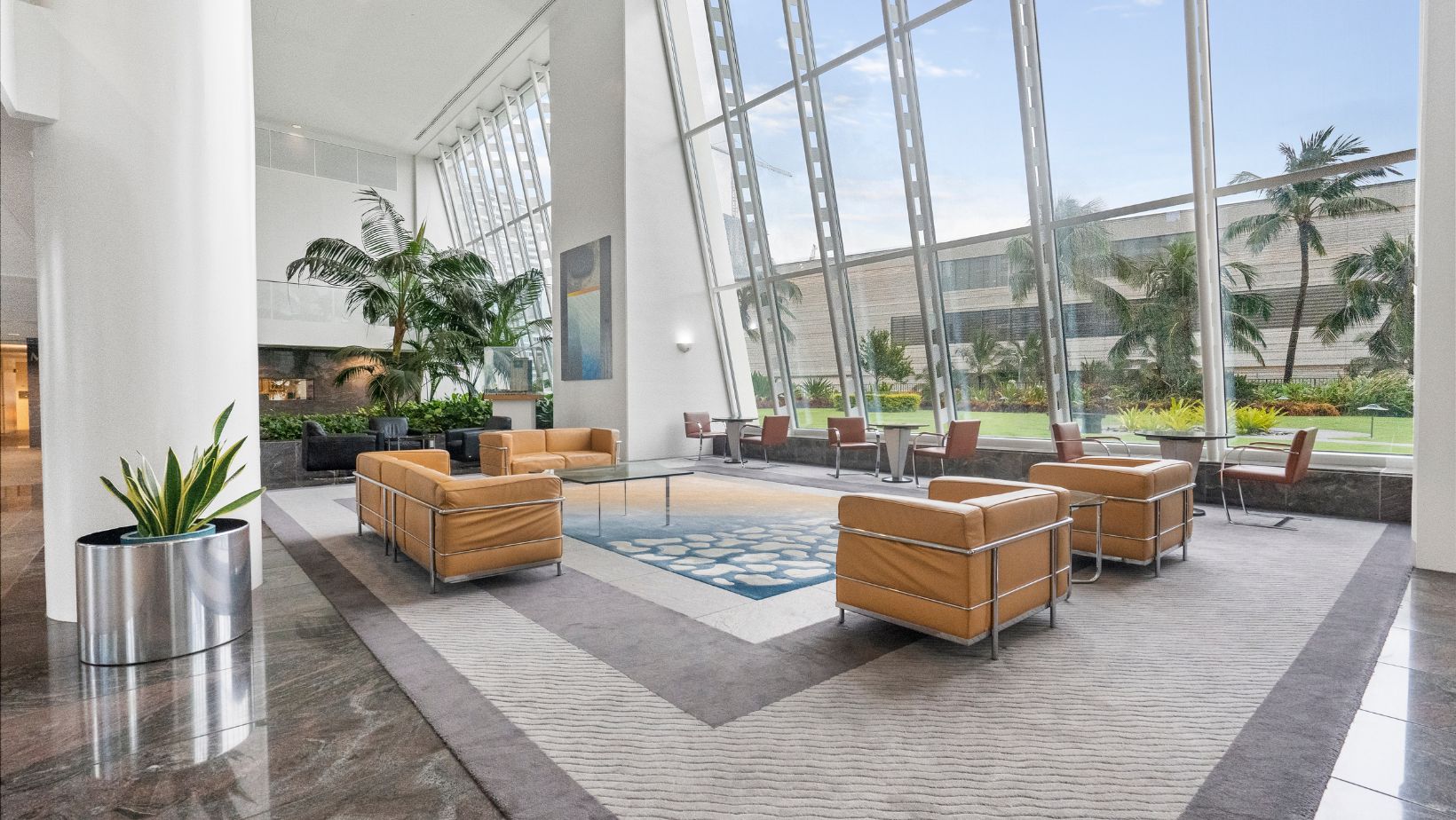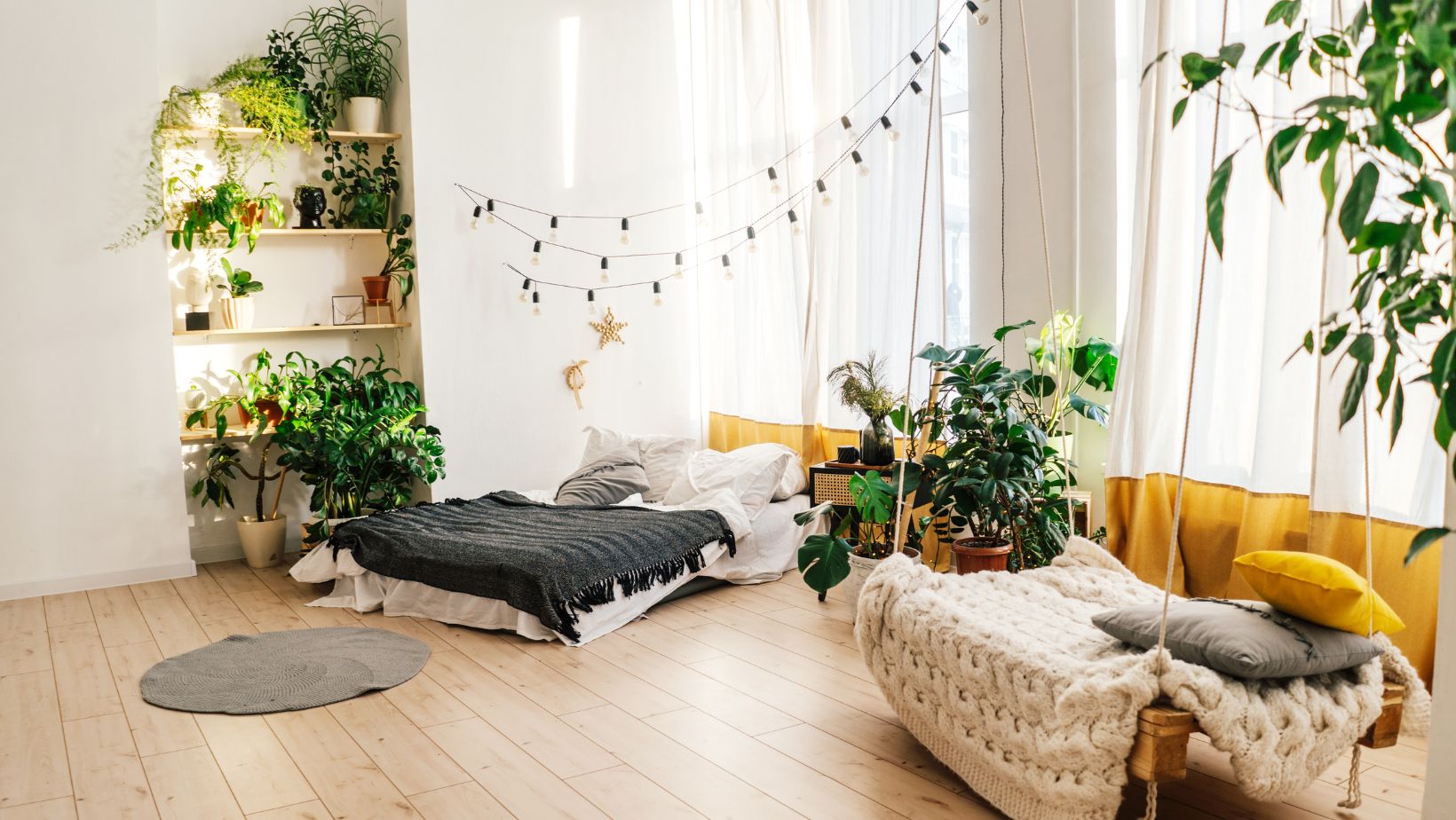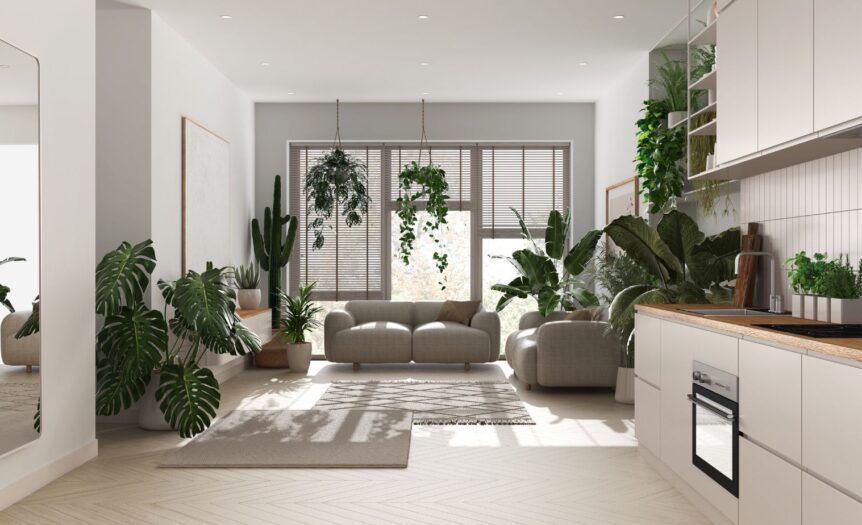In the hustle and bustle of modern life, the concrete jungle often overshadows the natural one. However, a new trend is emerging that seeks to bring the outdoors into our urban environments. This trend, known as biophilic design, is rapidly gaining popularity and transforming the way we think about urban spaces. Biophilic design is not just about adding greenery to our cities but about creating a deeper connection between people and nature.
Understanding Biophilic Design
The Concept of Biophilia
Biophilic design is an innovative approach to building design that seeks to connect people and nature in our built environments.
Principles of Biophilic Design
The principles of biophilic design go beyond simply adding plants to indoor spaces. It’s about incorporating natural elements such as light, water, and materials, creating a sense of openness, and fostering a connection with nature. Key principles include:
- Natural Light: Maximizing natural light to enhance mood and reduce energy consumption.
- Natural Materials: Using materials like wood, stone, and water to create a tactile connection to nature.
- Views of Nature: Designing spaces with views of the outdoors to reduce stress and improve mental health.
- Greenery: Integrating plants and green spaces both indoors and outdoors to improve air quality and aesthetic appeal.
Biophilic design can be applied to various building construction types, from residential homes to commercial buildings and public spaces, making it a versatile and widely applicable approach.
The Benefits of Biophilic Design
Personal Benefits
Biophilic design offers numerous benefits, both for individuals and for our cities as a whole. On a personal level, being in a space that feels more natural can reduce stress, improve mood, and enhance creativity and productivity. Studies have shown that office workers in environments with natural elements report a 15% higher level of well-being and are 6% more productive. Additionally, natural light exposure can regulate sleep patterns and improve overall health.
Environmental and Urban Benefits
On a broader scale, biophilic design can contribute to the sustainability of our cities. By integrating nature into our built environments, we can help to improve air quality, reduce urban heat islands, and support biodiversity. For instance, green roofs and walls can provide habitats for wildlife, reduce stormwater runoff, and insulate buildings, thereby lowering energy costs.
A professional landscaping company can play a crucial role in implementing biophilic design by incorporating native plants that support local wildlife and require less water and maintenance. This not only enhances the aesthetic appeal of urban spaces but also promotes environmental sustainability.
Examples of Biophilic Design in Action
Parkroyal on Pickering, Singapore
Biophilic design is not just a theoretical concept; it’s being put into practice in cities around the world. One notable example is the Parkroyal on Pickering hotel in Singapore, which features extensive greenery, water features, and natural materials. 
The High Line, New York City
The High Line in New York City is an excellent example of biophilic design in a public space. This elevated park, built on a former railway line, features native plants, water features, and ample seating areas. It provides a green sanctuary amidst the urban chaos and has become a popular destination for both locals and tourists.
Implementing Biophilic Design
Practical Steps
So, how can we incorporate biophilic design into our own spaces? The first step is to understand the principles of biophilic design and think about how they can be applied to your specific context. This might involve incorporating natural materials, maximizing natural light, or creating a connection with the outdoors.
Collaborating with Professionals
Working with professionals can also be beneficial. Their knowledge can help ensure that your biophilic design elements are both practical and sustainable.
Maintaining Biophilic Elements
Once biophilic elements are in place, maintaining them is crucial. Regular maintenance ensures that these elements continue to function effectively and contribute to the overall sustainability of the design. For example, knowing how to clean solar panels is essential for ensuring they operate at maximum efficiency, which supports the energy sustainability of the biophilic design.
The Future of Biophilic Design
Urbanization and Sustainability
As we look to the future, it’s clear that biophilic design will play an increasingly important role in our cities. As urbanization continues to increase, finding ways to connect with nature will become even more crucial. Biophilic design offers a way to do this, creating spaces that are not only aesthetically pleasing but also contribute to our well-being and the health of our planet.
Technological Integration
Advancements in technology are also playing a role in the evolution of biophilic design. Smart building systems can optimize natural light and airflow, while green technologies like solar panels and rainwater harvesting systems enhance the sustainability of biophilic spaces. These technologies not only support environmental goals but also make it easier to implement and maintain biophilic design principles.
Broader Adoption and Education
Whether you’re a homeowner looking to bring a bit of nature into your home, a business owner seeking to improve the well-being of your employees, or a city planner aiming to create more sustainable and livable cities, biophilic design offers a wealth of opportunities. Education and awareness are key to broader adoption. As more people become aware of the benefits of biophilic design, demand for these features will increase, encouraging architects, designers, and builders to incorporate them into their projects.
Community and Social Impact
Biophilic design also has the potential to foster a greater sense of community. Green spaces in urban environments can serve as communal areas where people gather, socialize, and engage in recreational activities. 
Conclusion
Biophilic design represents a paradigm shift in how we think about and create our urban environments. By integrating nature into our built spaces, we can enhance our connection to the natural world, improve our health and well-being, and promote environmental sustainability. As we move towards a more urbanized future, the principles of biophilic design will become increasingly important, offering a pathway to more livable, resilient, and harmonious cities.
Whether you’re considering a small project in your home or a large-scale urban development, incorporating biophilic design elements can yield significant benefits. Embracing this approach allows us to create spaces that not only meet our functional needs but also nurture our innate connection to nature. As we continue to explore and expand the possibilities of biophilic design, we can look forward to a future where urban living and the natural world coexist in harmony, enriching our lives and the planet we call home.






